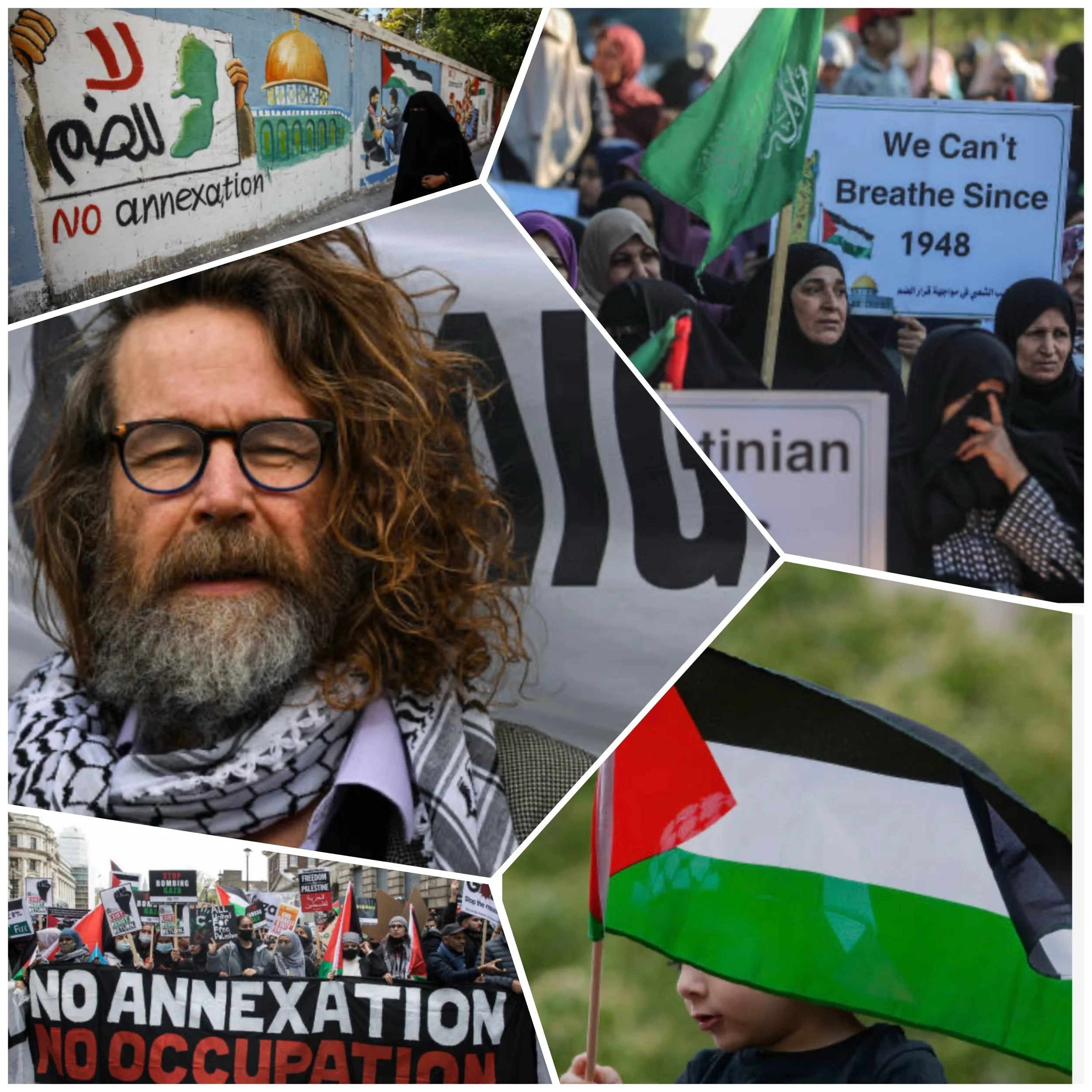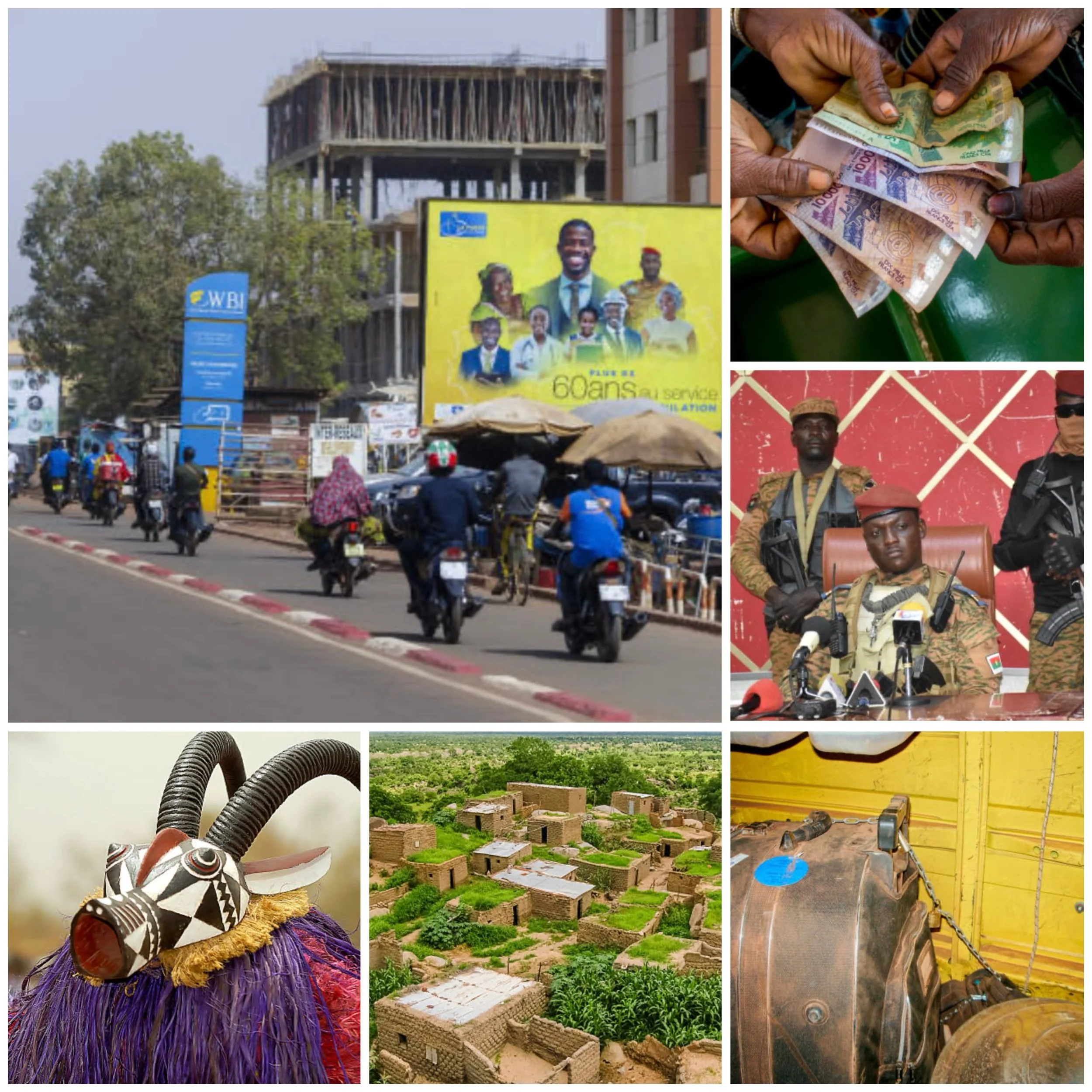How do economic policies differ between Bakina Faso, Mali and Niger
The key aspects of the economic policies and situations in Burkina Faso, Mali, and Niger:
Economic Growth:
• Burkina Faso: GDP growth reached 3.2% in 2023 and is expected to accelerate to 3.7% in 2024.
• Mali: The economy grew by 4.5% in 2023 and is expected to maintain around 4% growth in 2024.
• Niger: GDP growth slowed to 2.0% in 2023 but is projected to recover to 5.7% in 2024.
Agricultural Focus:
• All three countries have placed emphasis on agricultural development, but Burkina Faso seems to have made it a particular priority. The Burkinabe government increased support for the agricultural sector, which accounts for 20% of GDP and employs 60% of the population.
Mining and Natural Resources:
• Mali has introduced a new mining code allowing the state to acquire up to a 30% stake in new mining projects, aiming to increase revenues from its position as Africa’s second-largest gold producer.
• Niger commissioned a $6 billion oil pipeline in 2023, which is expected to significantly boost its economy, potentially accounting for 25% of GDP.
• Burkina Faso’s gold mining sector has been disrupted by security issues but remains crucial, accounting for 77% of exports, 16% of GDP, and 22% of government revenues.
Fiscal Policies:
• Burkina Faso’s fiscal deficit for 2024 is projected to decline to 5.9% of GDP, with a focus on increasing non-tax revenues and reducing capital expenditures.
• Niger’s fiscal deficit in 2024 is expected to remain above the WAEMU target at 4.4% of GDP.
• Specific fiscal deficit figures for Mali were not provided in the search results.
Inflation:
• Burkina Faso experienced low inflation of 0.7% in 2023, but it surged to 5.7% in August 2024.
• Niger’s inflation rate is expected to reach 8.5% in 2024.
• Inflation data for Mali was not explicitly mentioned in the search results.
Regional Economic Integration:
• All three countries announced their withdrawal from ECOWAS in January 2024, potentially impacting their trade relationships and economic integration with neighboring countries.
• They have formed the Alliance of Sahel States (AES) and signed a confederation treaty to strengthen mutual defense and economic ties.
International Relations and Aid:
• All three countries have shifted away from traditional Western allies and are seeking closer ties with Russia, which may impact their access to international aid and investment.
• This shift has led to the withdrawal of French and U.S. military forces, which could have economic implications.
Social Assistance:
• Burkina Faso has been focusing on social assistance programs, with government spending on social assistance representing around 2.6% of GDP.
Conclusion
while all three countries face similar challenges such as security issues and the need for economic diversification, they have adopted somewhat different approaches. Burkina Faso appears to be focusing more on agriculture and social assistance, Mali on mining sector reforms, and Niger on developing its oil industry. All three are pursuing greater economic independence from Western influence and regional bodies like ECOWAS, which presents both opportunities and risks for their economic futures.





